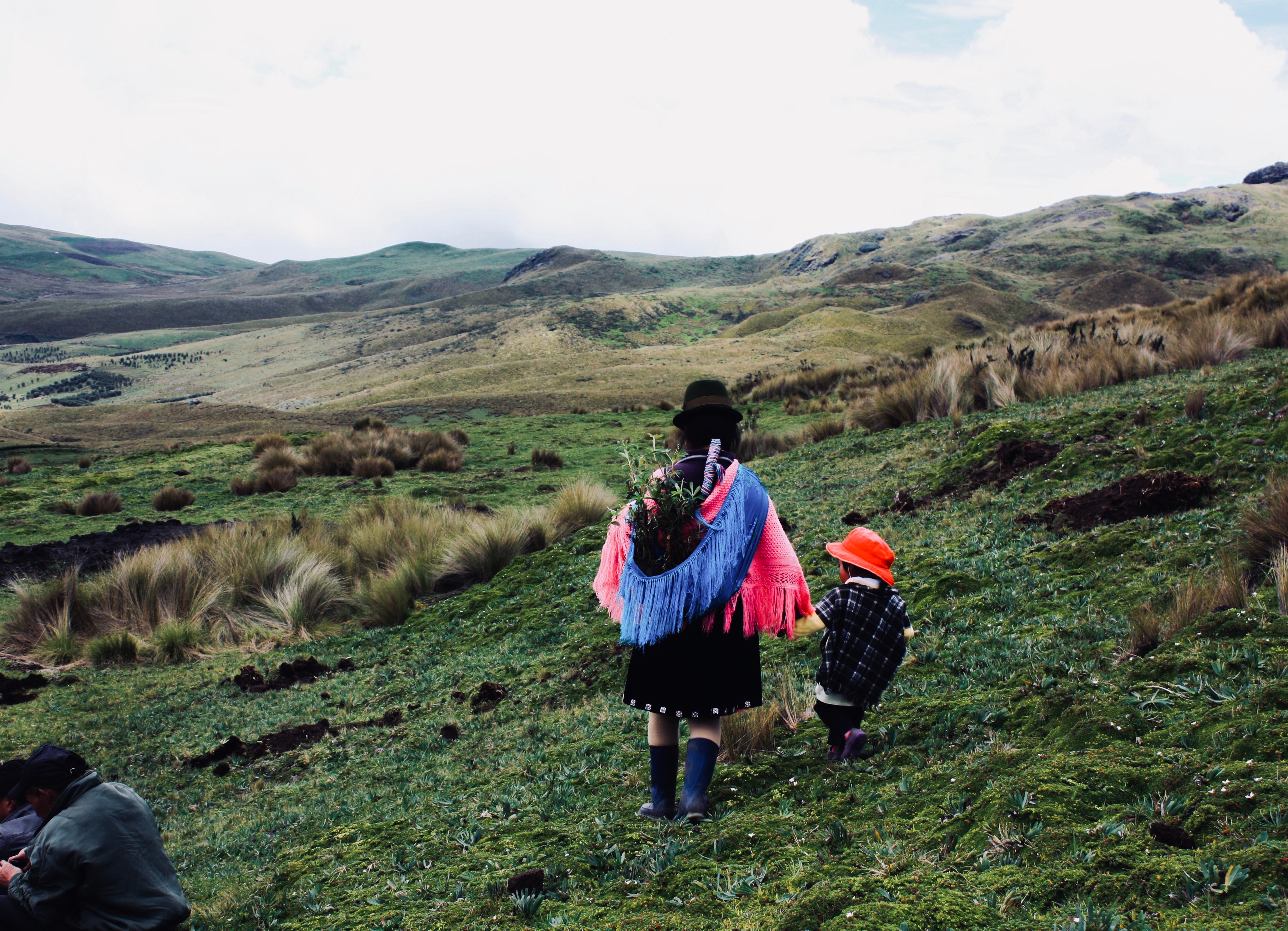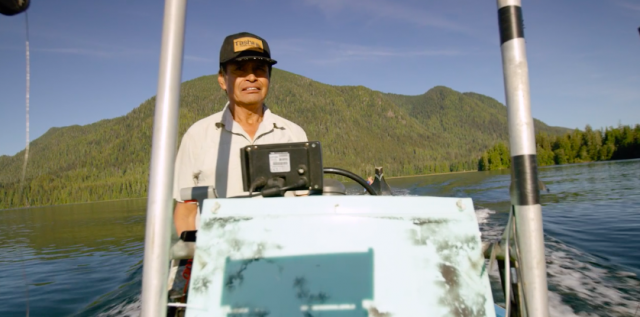About This Lesson
Access Free Lesson Plan Here: https://bit.ly/47B1Kqm
In this lesson, students are introduced to the wild and wonderful rainforest biome.
Step 1 - Inquire: Students participate in an interactive read aloud of Zonia’s Rainforest.
Step 2 - Investigate: Students locate the equator and tropical rainforests on a map.
Step 3 - Inspire: Students produce a writing and/or art piece showing what they have learned about the rainforest.
Learning Outcomes
Students will be able to:
- Describe the rainforest.
- Locate rainforests on a map.
- Explain the importance of rainforests to Indigenous people.
More Free Stuff!
Free News Articles for Students







![Preview of What Is a Rainforest (All About the Rainforest #1) [Lesson Plan].pdf - page 1](/system/files/preview/document/2023-09/What%20Is%20a%20Rainforest%20%28All%20About%20the%20Rainforest%20%231%29%20%5BLesson%20Plan%5D-1.jpg)









